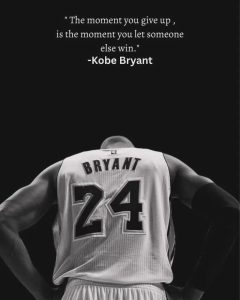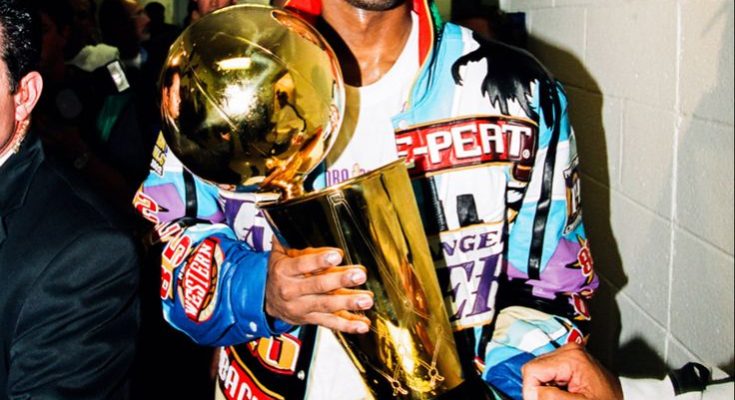30 Minutes Ago: “The NBA Has Been Soft Since Kobe Left” — A Deep Dive into the Debate That Won’t Die
Thirty minutes ago, a heated comment lit up social media: “The NBA has been soft since Kobe left.” It was a statement delivered with the kind of conviction only basketball purists possess—those who grew up watching a league defined by grit, toughness, and a relentless competitive fire embodied by stars like Michael Jordan, Tim Duncan, Kevin Garnett, and, perhaps most famously of all, Kobe Bryant. Within minutes, arguments erupted, replies stacked by the hundreds, and casual fans and die-hard enthusiasts alike dove into one of the most persistent debates in modern basketball culture: Has the NBA truly softened? Or has it simply evolved?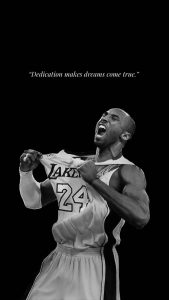
To understand why discussions like this flare up so intensely, one must first understand what Kobe represented. Kobe Bryant wasn’t only an elite scorer or a five-time champion; he was the living symbol of the Mamba Mentality, a mindset built on discipline, obsession, resilience, and a willingness to endure discomfort in pursuit of excellence. He famously played through injuries, trained relentlessly at dawn, and demanded the same all-out commitment from teammates—sometimes to the point of confrontation. Kobe played like every possession mattered, every game was a proving ground, and every season was a test of who wanted it most.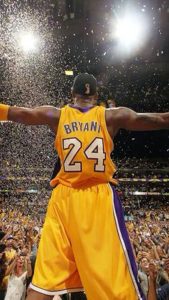
Fans who grew up watching that style see a stark contrast with today’s NBA, where player empowerment, load management, scoring inflation, and rule changes have reshaped the product on the court. It’s not uncommon to hear older fans lament the lack of physicality or the perception that today’s players prioritize highlight plays and brand-building over team loyalty and toughness. But is that narrative entirely fair?
Those arguing that the game has softened point first to rule changes. The NBA has made a deliberate effort to increase scoring and protect offensive players, especially perimeter stars. Hand-checking is gone. Hard fouls are policed more strictly. Shooting fouls are easier to earn. And with the rise of the three-point revolution, teams now space the floor more than ever, creating a faster, freer-flowing game less dependent on post battles and bruising interior defense. To many older fans, that shift feels like a loss of the rugged intensity that once defined the sport.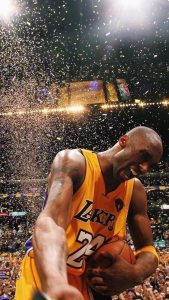
Then there’s the issue of load management, a term that didn’t exist in Kobe’s prime. Today’s stars often sit out back-to-back games or extended periods to preserve their bodies. Critics argue that this undermines competitiveness and deprives fans—especially those who buy tickets months in advance—of seeing their favorite players. Kobe’s famous words, “These people saved up to see me play. I’m not taking a night off,” stand in stark contrast to the modern approach.
Another common complaint is the perceived rise of friendships and superteams. While players have always had relationships off the court, social media and player mobility have amplified the visibility of these bonds. Some fans interpret the friendliness between competitors as a lack of rivalry, a departure from the ferocity Kobe brought every night, even against friends. His battles with LeBron, Wade, Pierce, or Duncan were never softened by personal ties.
But in fairness, the counterargument is equally strong. Supporters of the modern NBA note that the league hasn’t gotten softer—it has gotten smarter. The rules are designed to prioritize scoring and minimize severe injuries, something that benefits both players and fans. More spacing and pace have created a brand of basketball that is faster, more dynamic, and more skill-centric. Today’s athletes are stronger, more versatile, and capable of playing multiple positions with ease.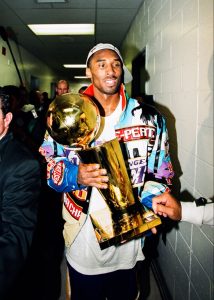
The rise of analytics has also reshaped strategies. Teams now avoid low-efficiency shots and lean into three-pointers and drives to the basket. Stars like Steph Curry, Giannis Antetokounmpo, and Nikola Jokić have changed the geometry of the court. What appears “soft” to one fan might simply be adaptation to a new competitive reality.
Even load management, while frustrating, reflects improved sports science. Players today understand longevity better than ever. With career-threatening injuries more preventable, taking a night off might extend a player’s prime and preserve peak performance for the playoffs, where the game becomes noticeably more physical and intense.
And let’s be clear: toughness hasn’t vanished. It has simply evolved. Players like Draymond Green, Jimmy Butler, Jrue Holiday, and Kawhi Leonard guard with an intensity that rivals any era. The league still produces warriors—just look at players battling through playoffs injuries, taking charges in the final seconds, or diving into the stands after loose balls. The difference is that physicality is now more controlled, regulated, and evenly enforced.
Still, the emotional core of the argument remains valid. Kobe wasn’t just tough—he made toughness cool. He made winning feel sacred. He made effort non-negotiable. When he left the game, he took with him a style of leadership and competitiveness that resonates deeply with fans who miss that ruthlessness. It’s not just that the NBA changed; it’s that Kobe was the last of a certain mold of superstar.
The game isn’t necessarily softer. It’s different. Faster. More strategic. More skill-focused. But the nostalgia remains powerful, and comparisons to Kobe will always be part of the conversation, because he represents something irreplaceable—an era where toughness wasn’t just encouraged, it was demanded. And as long as basketball fans value grit, the debate will continue.
Thirty minutes ago, someone reignited the fire. And thirty years from now, someone else will do the same. Because comparing eras isn’t just about basketball—it’s about what fans believe the sport should stand for. And for millions, Kobe Bryant is the benchmark.